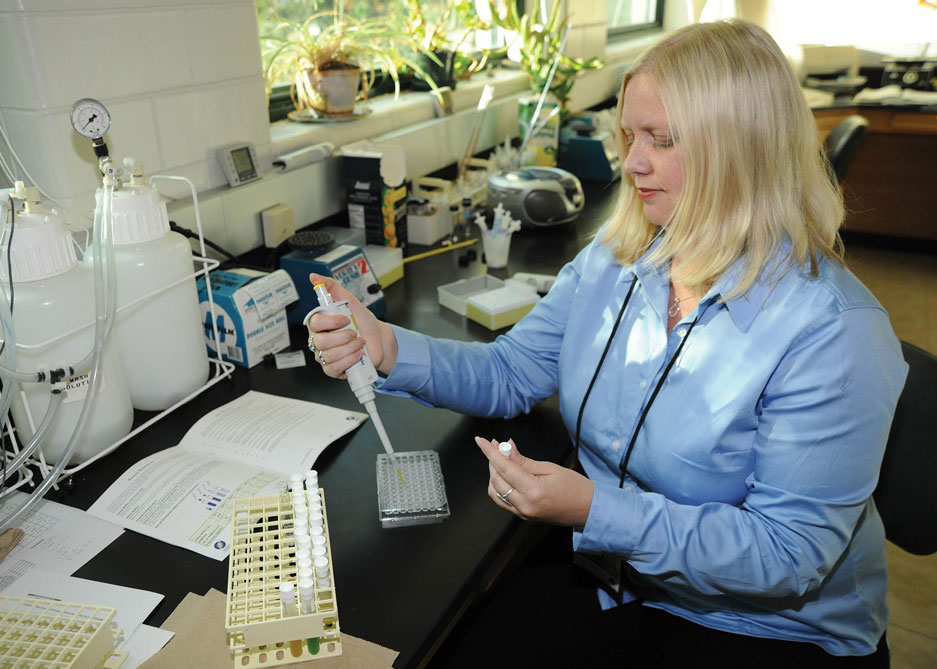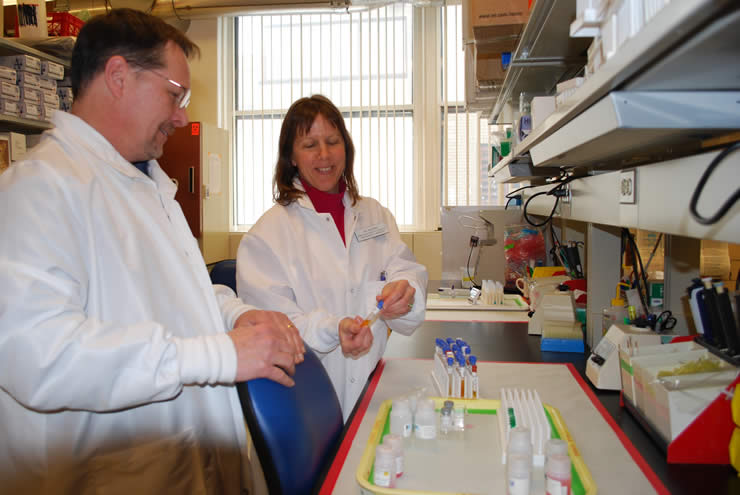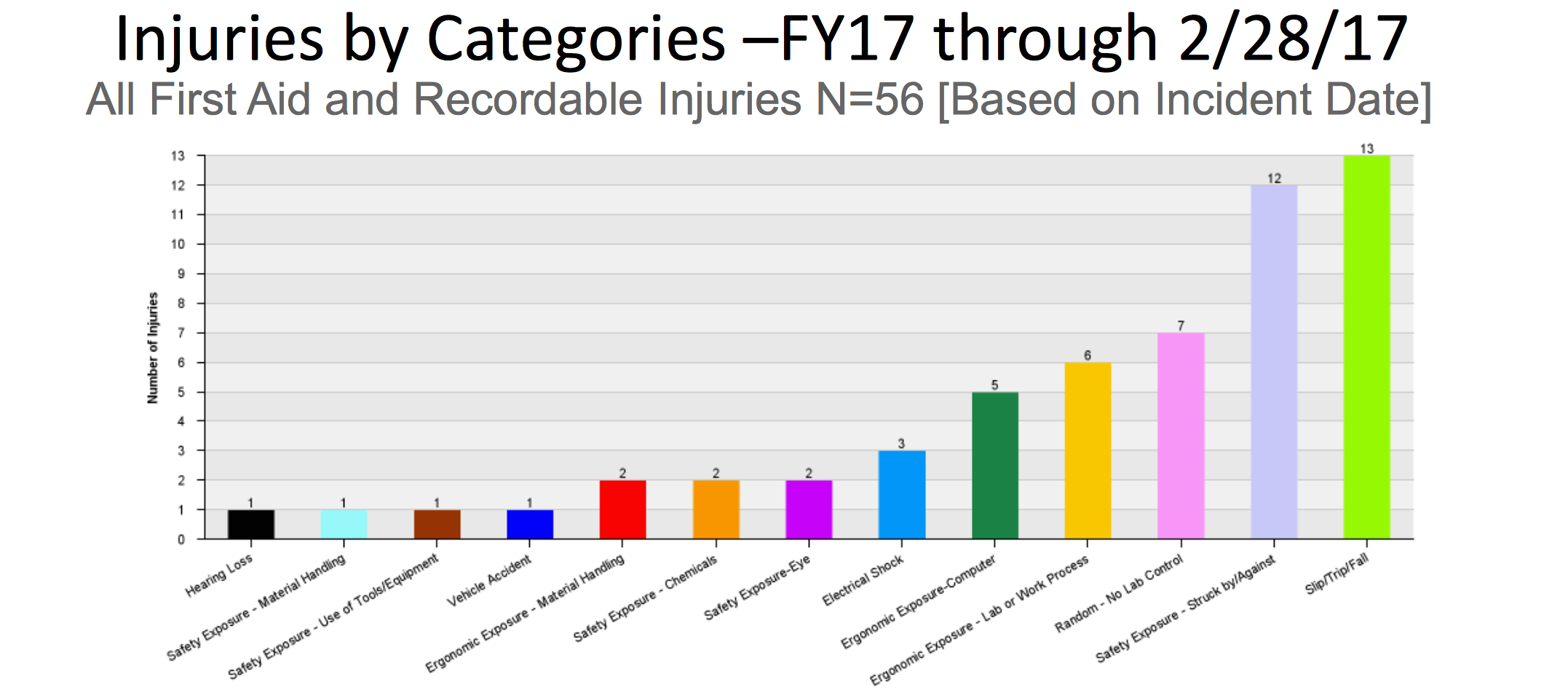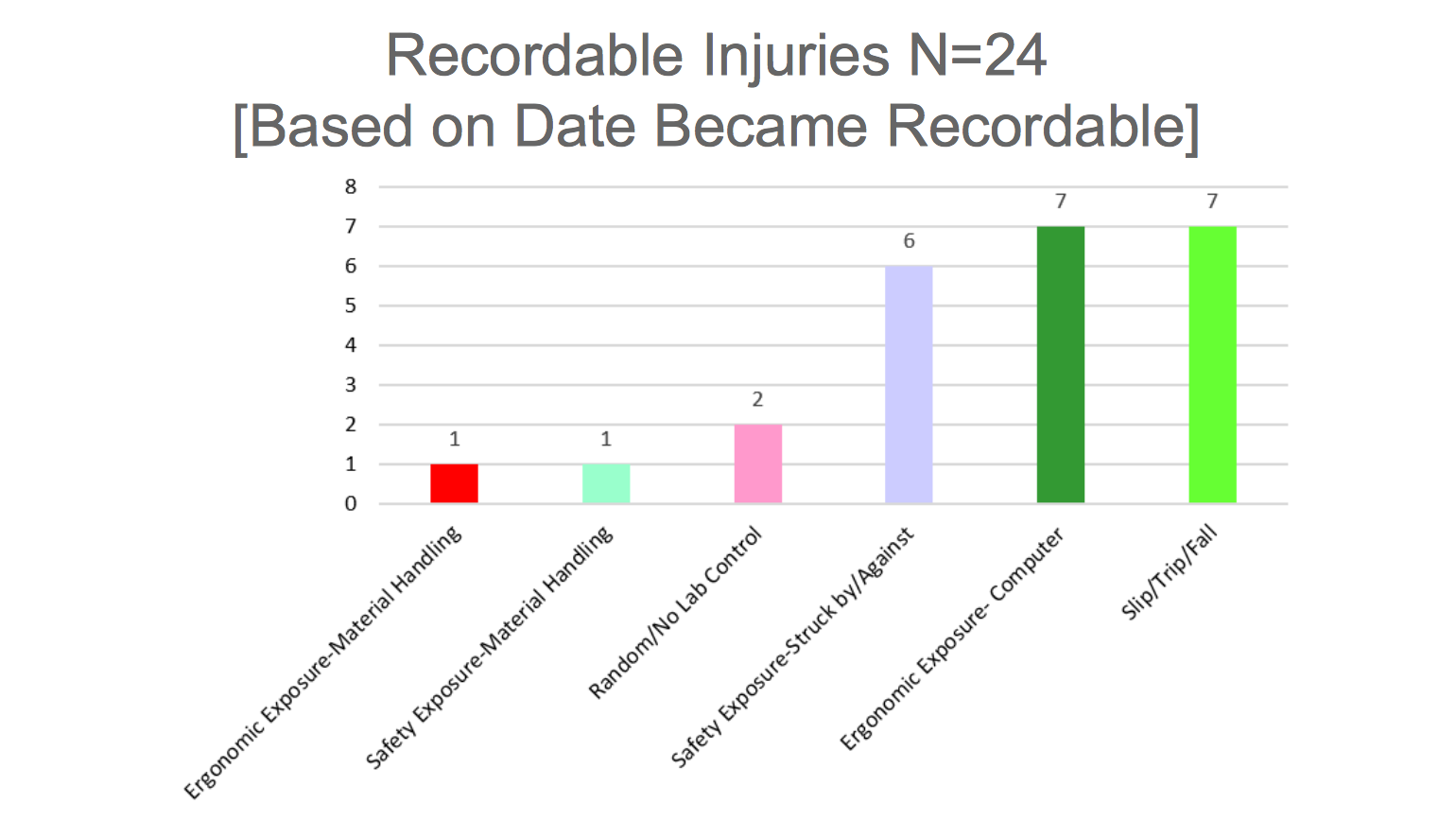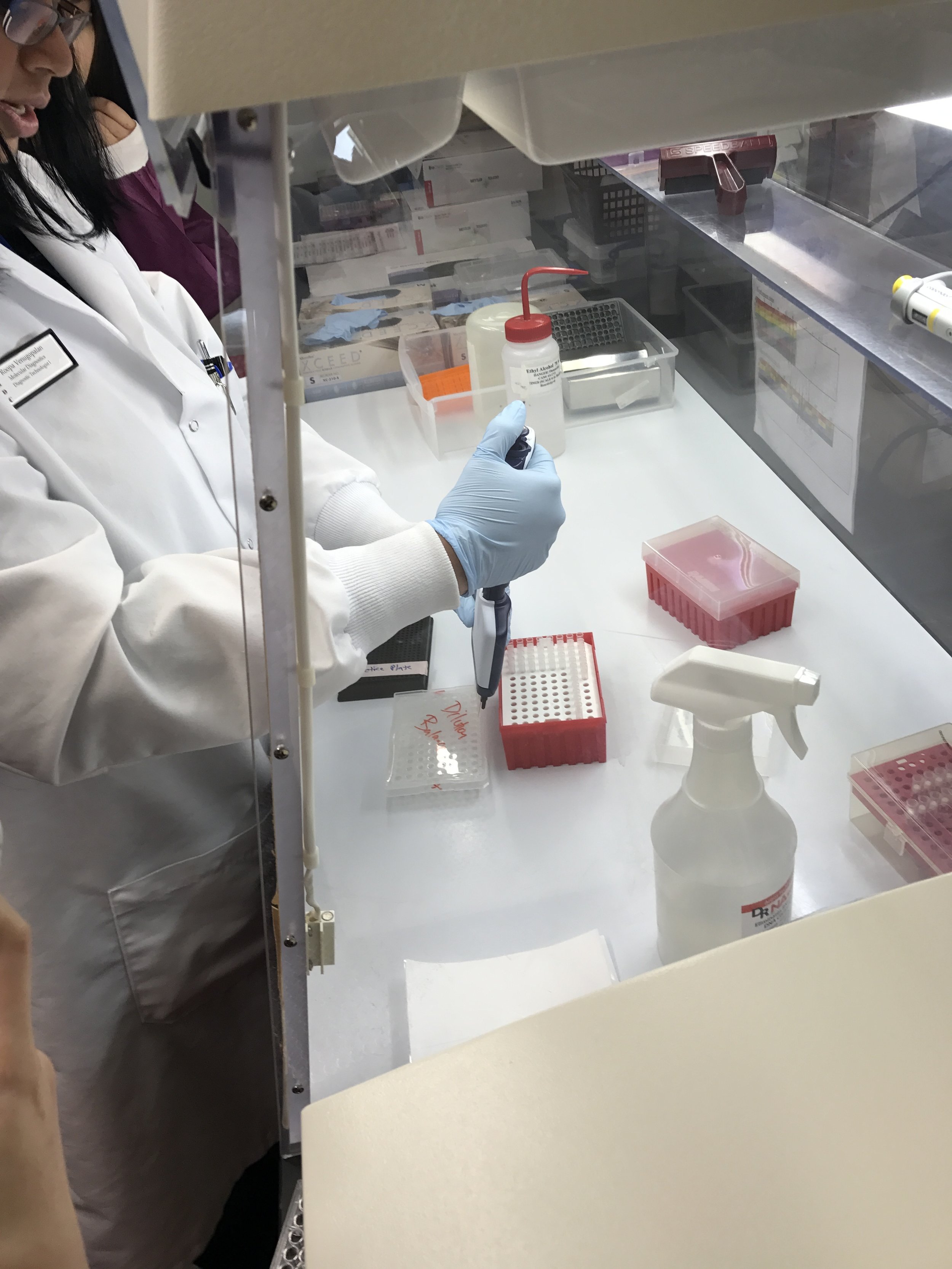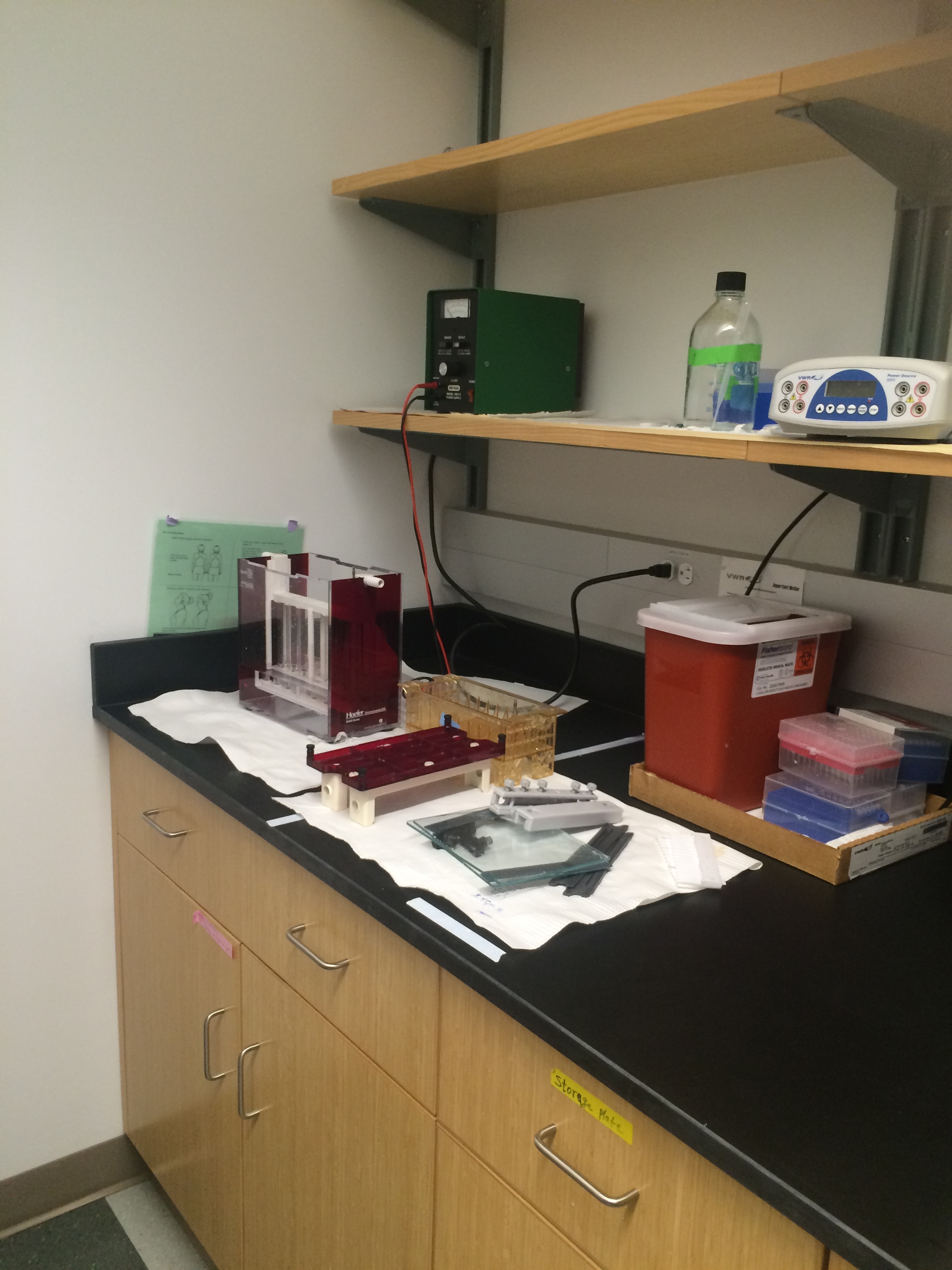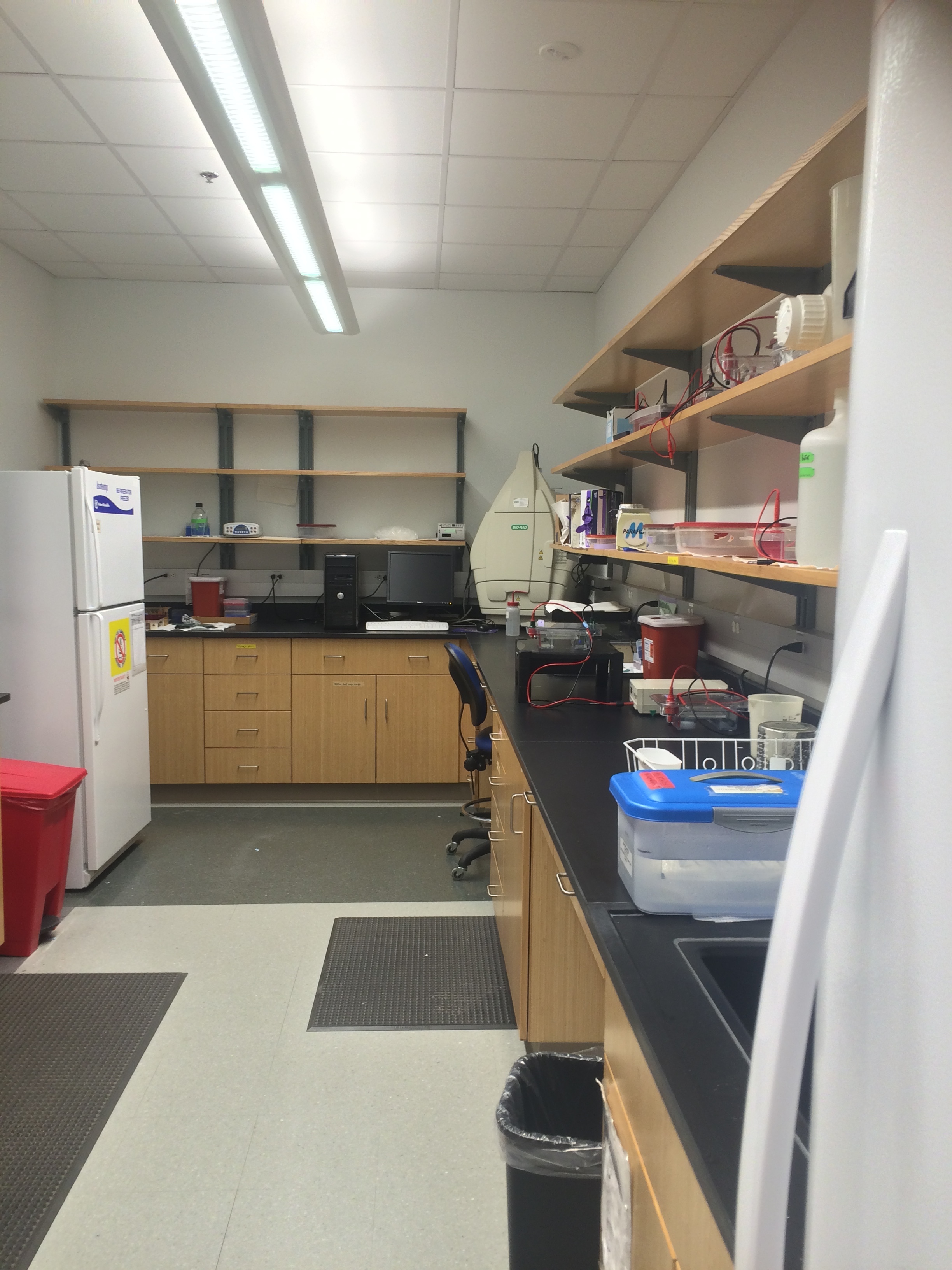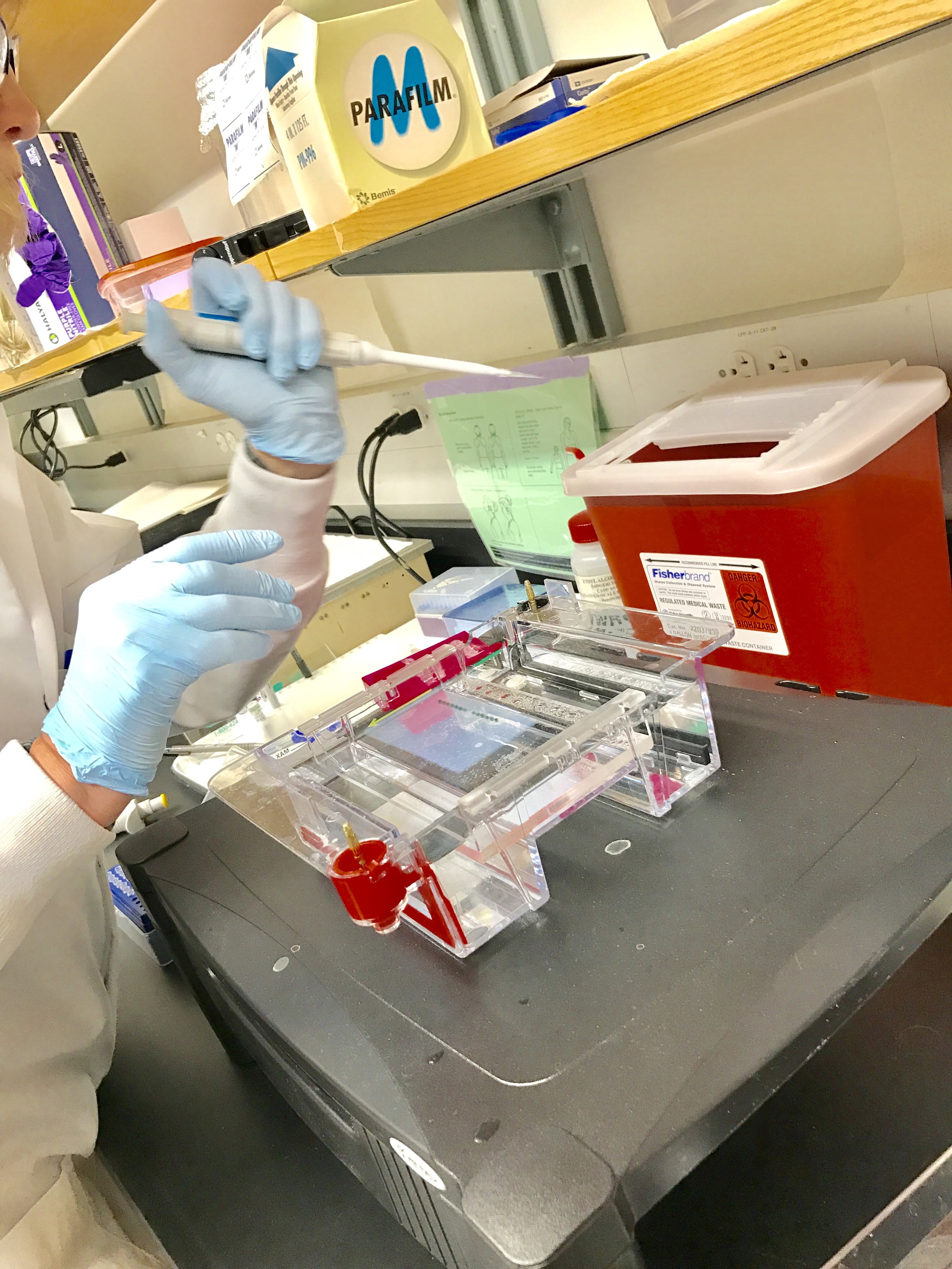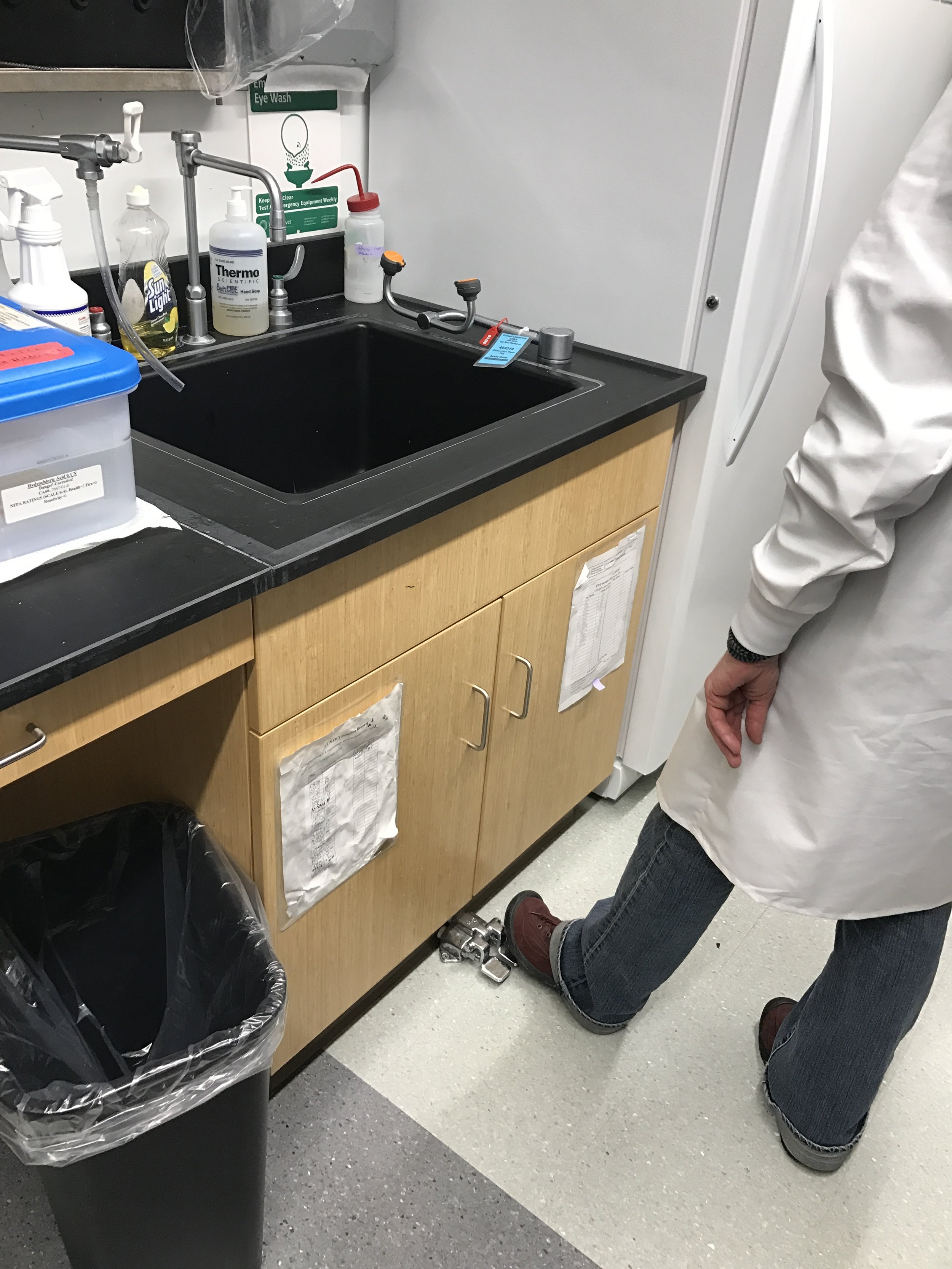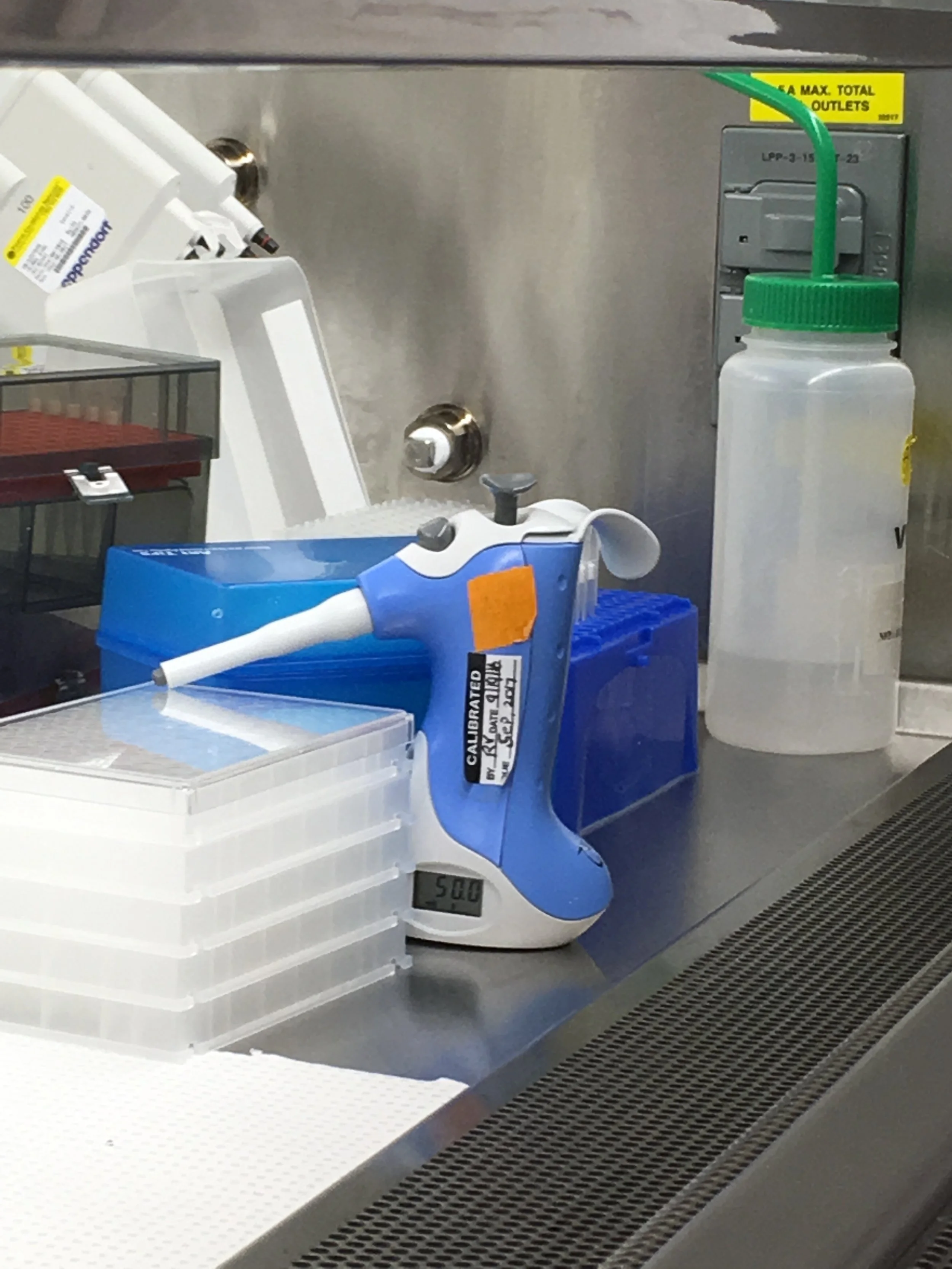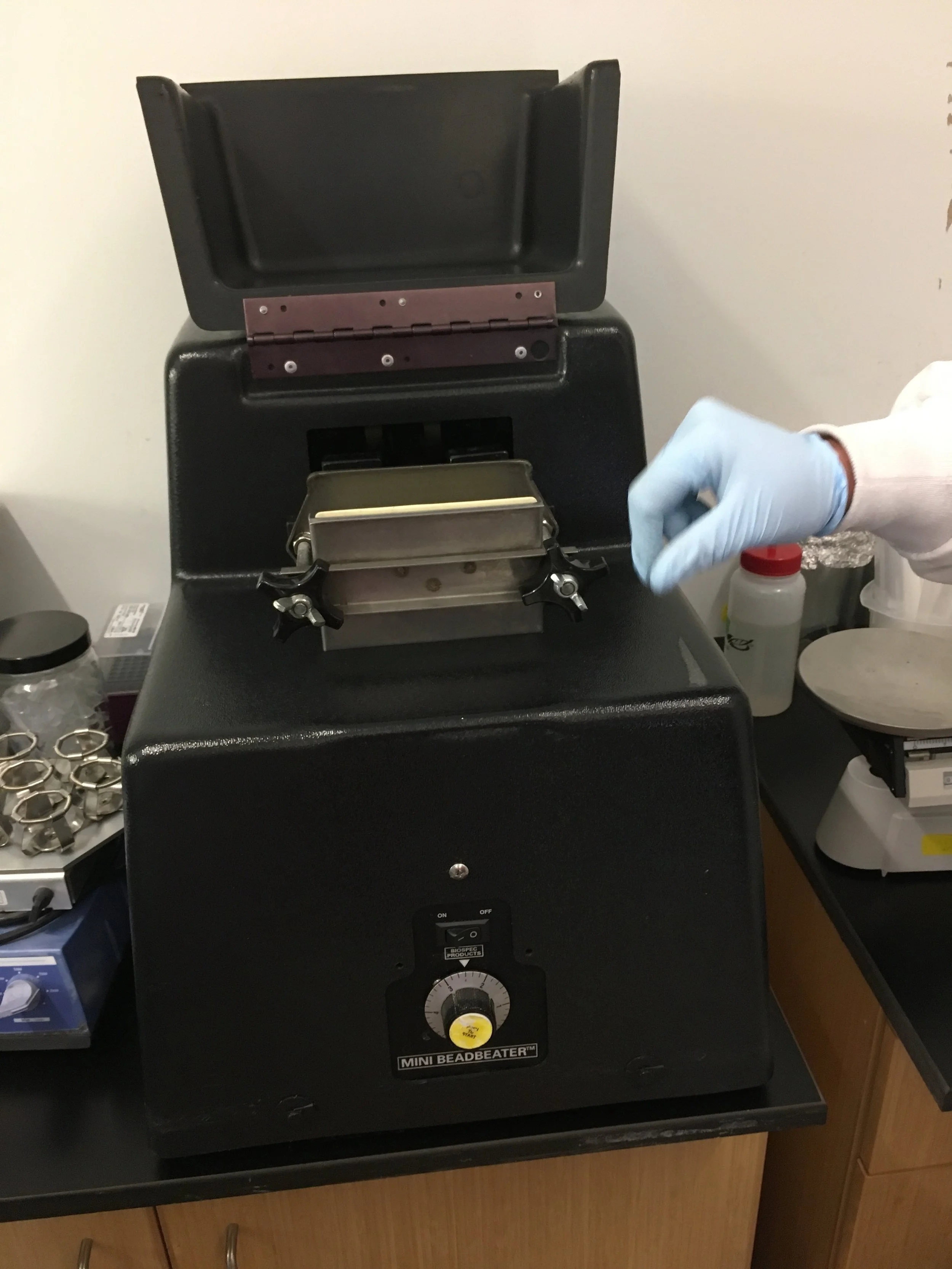
Diagnostics Lab Evaluation
Ergonomics Analysis Report | 2017 Spring (Ongoing)
This is a project for Applied Ergonomics Method class. Our client is Cornell Vet School Diagnostics Lab, and we are creating a ergonomics report and recommendation to support better user experience in the lab space.
Team Kenzi Dignes (Hotel B.S.'17), Dan Moon (DEA M.S.'18), Shelley Poon (Engineering B.Eng'17), Jiaming Zhang (DEA B.S'17), Yaoyi Zhou (DEA PhD)
Background Research
1. Background Information (Cornell Diagnostics Lab)
The Molecular Diagnostic Laboratory, a sector of Cornell Vet School, provides a wide range of animal pathogens using molecular based methods, such as conventional and quantitative PCR and restriction digestion analysis.
Lab Location: Cornell University College of Veterinary Medicine, Diagnostic Lab
Typical Activities:
Test with chemicals
Conducting Gel electrophoresis & Polymerase Chain Reaction
Animal Cell Assessment (Intense use of Pipette)
2. Workplace Injury Statistics
Key Insights: Slip/Trip/Fall injuries happened the most in Lab spaces, and Computer related works was ranked the second. Which shifts our focus to the spatial arrangement, and flooring materials in the diagnostics lab.
3. Potential Areas of Study

USERS
Workload
Duration
Procedure
Other Activities
ENVIRONMENT
Traffic Flow
Acoustic
Lighitng
Air Quality
Temperature
ADA
FACILITIES
Usage
Storage
FF&E
Existing Renovation
4. Plan for Action
Research previous examples and data
Visit the site to gather new information
Gather new data and create graphs and chart
Brainstorm and provide recommendations according to issues
Pre-Visit Questionnaire
We've sent the questionnaire to researchers in the lab, and received 80% responses back.
Key Insights:
From the questionnaire, we found out that researchers were pretty happy with their current working environment. However, most of them complained about the noise and the repetitive using of experiment equipment, and suffered from upper back and arm injuries.
Onsite Visit + Interview
Issues Addressed from Interview
Noise
Storage
Arm fatigue after repetitive Pipette usage
Issues Addressed from Observation:
Lighting
Flooring
Desk Height
Spatial Arrangement
Key Insights:
We've realized that there's a gap between what users want and what they really need from both interview and observation. For example, The researchers didn't realize that their bad standing gesture was actually result from the position of lighting.
Issue Summarizing + Recommendation
1. Lighting

[Short-term] Implementing under-cabinet lighting
[Long-term] Introducing blue light
2. Long-Time Standing

[Short-term] Adding adjustable work station
[Long-term] Creating new lab layout increasing working efficiency
3. Shelving and Storage

[Short-term] Rearranging items according to usage
[Long-term] Implementing automated shelving system
4. Noise

[Short-term] Implementing acoustic panel
[Long-term] Introducing mobile soundproof wood container for noisy machines
